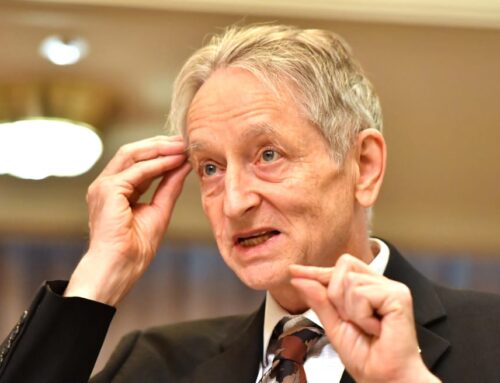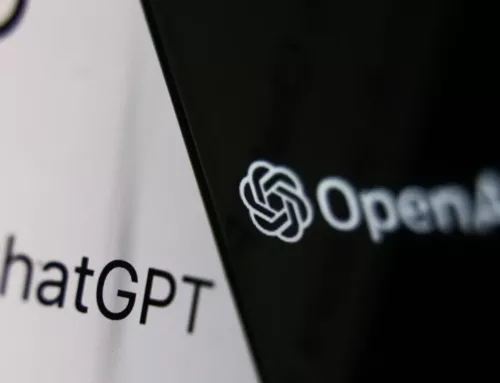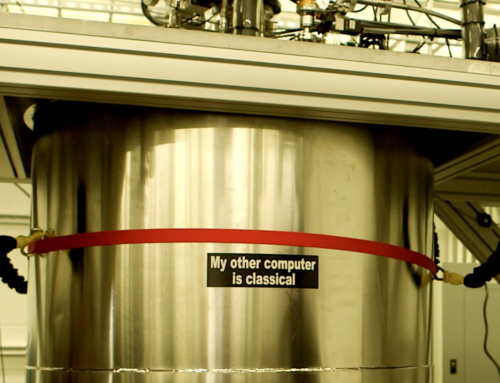Rockstar quantum researchers Dr Asaad Serwan, Prof. Andrea Morello and Dr Mateusz Madzik (from left to right). Photo Kearon de Clouet Via UNSW.
One of the most important questions about quantum computing is not the when, but the how. The answer to both questions, however, remains unknown. Currently, there are three main front-runner approaches for building a useful quantum computer: superconducting, trapped ion, and silicon quantum computing. Each approach comes with a unique array of advantages and challenges, but one of the most significant hurdles across every approach is error correction.
This month, a team of researchers from Australia’s University of New South Wales (UNSW) led by Professor Andrea Morello achieved a breakthrough in error-free quantum computing using silicon-based technology. The group achieved a 1-quantum bit (qubit) nuclear spin operation with up to 99.95 percent fidelity, and a 2-qubit operation in a 3-qubit system with up to 99.37 accuracy.
Their work was one of three papers published in Nature, alongside results from teams in the Netherlands and Japan. Together, the three papers demonstrate that robust and reliable quantum computing in silicon is a realistic path forward to a scalable, universal quantum computer.
As we’ve written about before, scaling up remains the greatest technical challenge for quantum computing to overcome. That’s because qubits—the basic unit of information in quantum operating systems—are incredibly fragile and keeping them in a coherent state of superposition requires absolute isolation from any outside interference. Even the tiniest vibration can render a system’s quantum properties nil. While each approach to quantum computing aims to achieve this goal using a different method, Morello and his team rely on the unique properties of silicon to create an environment stable enough to preserve quantum information.
Their recent work demonstrates 35 seconds of preservation lifetime. While that may not seem like a remarkably long amount of time, “in the quantum world, 35 seconds is an eternity”, says Morello. Compared to the preservation lifetime of a hundred microseconds demonstrated by the superconducting quantum computers of industry leaders Microsoft and IBM, 35 seconds seems like an eternity, indeed.
As is often the case with quantum, the advancement comes with an ironic caveat: the absolute isolation provided by the approach entailed that the system was incapable of performing operations beyond one qubit. To put this into perspective, most researchers agree that millions of qubits will likely be required in order to enable quantum computers to be useful in applications like drug development.
Nevertheless, Morello and his team have demonstrated an important finding in the world of quantum computing: qubits can be accurately controlled using silicon. Their breakthrough also implies that future quantum computers can make use of existing manufacturing infrastructure by using quantum chips that are compatible with current silicon chip factories. This research paves the way for the development of a universal, silicon-based quantum processor—bringing us one step closer to useful quantum computing.
For more information about this advancement, check out this handy video.







Leave a Reply